-
TrackoBit
Manage commercial vehicles with the new-age Fleet Management Software
TrackoBit -
TrackoField
Streamline your scattered workforce with Field Force Management Software
TrackoField -
Features Resources
-
Blog
Carefully curated articles to update you on industrial trends. -
White Paper
Insightful papers and analysis on essential subject matters. -
Glossary
Explore an alphabetical list of relevant industry terms. -
What’s New
Get TrackoBit & TrackoField monthly updates here. -
Case Study
Explore the cases we solved with our diverse solutions. -
Comparisons
Compare platforms, features, and pricing to find your best fit.
-
About Us
Get to know TrackoBit: our team, ethos, values, and vision. -
Careers
Join the most dynamic cult of coders, creatives and changemakers. -
Tech Support
Learn about our technical support team and services in detail. -
Events
Check out the exhibitions where we left our marks and conquered. -
Contact Us
Connect with us and let us know how we can be of service.
How to Start a Courier Business: A Concise Guide
- Author:Tithi Agarwal
- Read Time:9 min
- Published:
- Last Update: January 12, 2026
Table of Contents
Toggle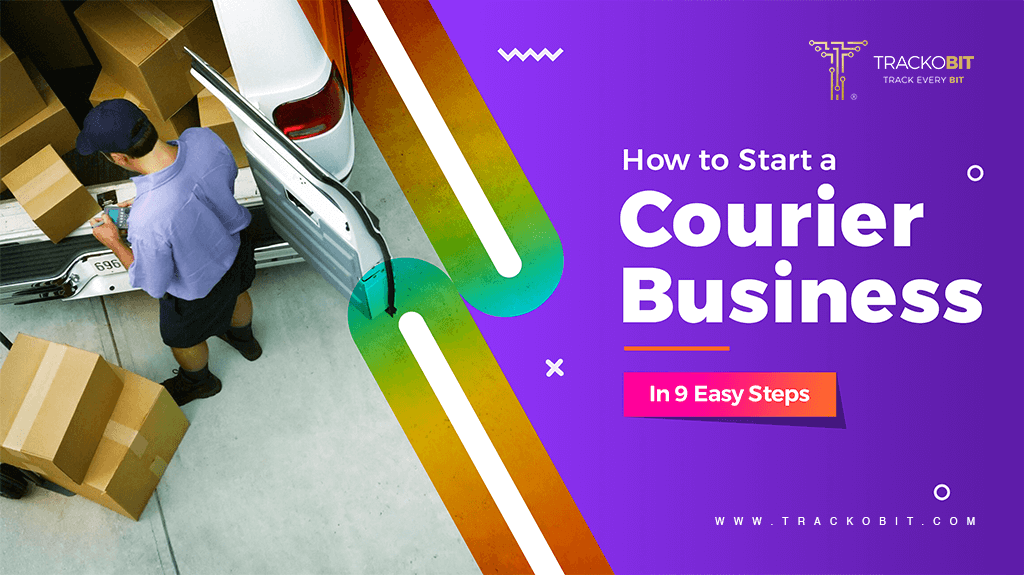
If you are googling how to start a courier business, here is the guide that will answer all your questions on offering top-notch courier services. Explained in 9 steps.
Table of Contents
Toggle
The courier business is highly lucrative due to the e-commerce market boom and the rise in demand for at-home deliveries. The global courier service market is estimated to reach $326.32 billion by 2025, with a 12% CAGR from 2017-2025
So, if you are planning to start a courier delivery business, there is no time like today to start. But if you are confused about where to start and what investments you might need to make, we’ve got you covered. Here is a detailed guide to starting a courier business in 9 steps.
Let’s get started.
What is a Courier Business?
Courier business provides a service of delivering packages and parcels for independent companies or retailers and brands. A courier company generally charges its clients a fee to deliver parcels and packages at an agreed rate. The price is based on various factors such as:
- Volume of parcels
- Weight of parcels
- Distance travelled to deliver
Step-by-step Guide to Starting a Courier Business
Before starting a courier business, it is vital to know where to begin with. Here is a step-by-step guide to starting courier services.
1. Choose the Type of Courier Service You Want to Offer
The first step of starting a courier service is deciding on the niche. Courier service is a vast business with multiple categories and types of services to offer. Providing service in every category might not be possible for businesses just starting out. Thus, it is necessary to determine your target market or niche before beginning a new courier business.
Some of the categories of delivery services are:
Standard Delivery
In standard delivery, the courier is delivered in two days or more to reach the final destination. This method is the best and cheapest if the order is not time-sensitive.
Same-day Delivery
This form of delivery is most in demand by the customers. But same-day delivery is equally challenging to execute.
Overnight Shipping
This form of courier service is generally available from 8:00 am to 5:00 pm. After 5:00 pm, courier companies do not process new orders but instead focus on sending them to their destinations. However, with overnight delivery, time constraints are ignored.
Businesses that can’t get their items delivered during busy hours may benefit from overnight delivery. For example, businesses that carry building supplies and heavy things to transport.
On-demand Delivery
On-demand deliveries are even quicker than same-day deliveries. On-demand is the perfect option for consumers who want their orders as soon as possible. Consumers do not have to wait for more than half a day for delivery. This method delivers orders within 4 hours or even less.
2. Chart Out a Business Plan
The next step after deciding on the niche will be to plan and implement a well-thought-out business strategy. A business plan requires thorough market research and covers the primary goals of the business.
Some of the primary aspects you should consider in the business plan are:
- Target potential consumers
- Marketing strategies
- Costs and pricing of services
- Rules and regulations to adhere
- Funds to acquire and manage
3. Identify Operational Costs
Identifying operational costs is probably the second most important step in starting a courier business. It’s a very good question to ask- how much would it cost to start a courier business? Well, having a good hefty capital to start a courier delivery service would do you good. Some of the expenses to keep funds prepared for are
- Administrative Fees such as business registration, building permits, licensing and more.
- Rent and utilities for brick and mortgage locations.
- Transportation and equipment and maintenance vehicles will require.
- Marketing and advertising, including the costs associated with website design and upkeep.
- Adopting technology like route optimation or delivery management that is vital for running and managing business operations.
- Employee wages.
4. Make Necessary Investments
Starting a courier delivery service business requires investment into capital like vehicles and warehouses. You will need a warehouse to store and dispatch couriers from.
In the last-mile delivery business, vehicles are of utmost importance. It is used to carry goods and parcels from one place to another. Different vehicles, such as bikes, cars, or van delivery trucks, are required to deliver orders of different weights or dimensions.
Several factors, such as your business model, budget, and long-term objectives, will determine whether you buy or lease these vehicles. Here are some things to consider:
- Pros and Cons of Buying: Purchasing vehicles offers total command and possession. You don’t have to worry about breaking the terms of the lease to alter and use them as you see fit. However, the initial cost is substantial; you’ll be in charge of maintenance and repairs.
- Pros and Cons of Leasing: Less money is needed upfront when leasing vehicles but there is a need for frequent maintenance services. Every few years, you can also upgrade to newer models, thanks to this. The only downside is you you won’t own the vehicles when the lease expires, and there may be limitations on mileage and wear and tear.
5. Take Care of Legal Formalities
Running or starting a courier business is not that easy. There are a bunch of legal formalities to be fulfilled and licenses to be acquired to operate your courier businesses. However, the legal formalities vary depending on the location from which you will run your courier business. Some of the common licenses to consider acquiring are:
- Business License: Basically, all businesses require a license to operate legally. It’s best to check with your local government business department to get all the requirements in order.
- Vehicle Registration and Insurance: According to state laws, your courier vehicles should be registered and insured. Commercial vehicle insurance depends on the size and nature of deliveries.
- Courier License: Some cities or states require a special courier or delivery license. The local government or Department of Transportation will inform you if you require this license or not.
- Hazardous Materials Permits: If your courier business plans to deliver hazardous materials, then it’s best to get an application/permit/license for it as well.
- Zoning Permits: You will need to apply for a zoning permit if you plan to operate your delivery business from a specific location. Zoning laws can affect whether you can operate a business from a specific location or not.
It’s important to remember that failing to acquire necessary permits or licenses will lead to fines or legal complications. Eventually, making youunable to run your business.
6. Recruiting and Training Employees
For back-office or delivery operations, you will have to hire employees and riders. To begin with the process, you will have to examine the candidates and hire the best employees who fit the job profile. Here are some tips for hiring and training your team:
- Employing Drivers: Look for candidates with a customer-focused mindset, a spotless driving record, and excellent time management abilities. Most importantly ensure that they have driving license.
- Hiring Administrative Staff: These employees will handle customer service, order scheduling, billing, and other administrative duties. Seek out people who are tech-savvy, detail-oriented, and well-organized.
- Training: The success of your business operations depends on effective training you provide to your staff. This could include customer service training, safety training, and familiarisation with your selected routes for drivers. While customer service employees should be trained in handling complaints and upholding customer satisfaction, administrative staff will need to become familiar with your systems and procedures.
- Staff Management: Consider using software like TrackoMile with rider roster to manage schedules, track performance, and facilitate communication within your team. Regular check-ins and feedback sessions can help you promptly address issues and keep your team motivated.
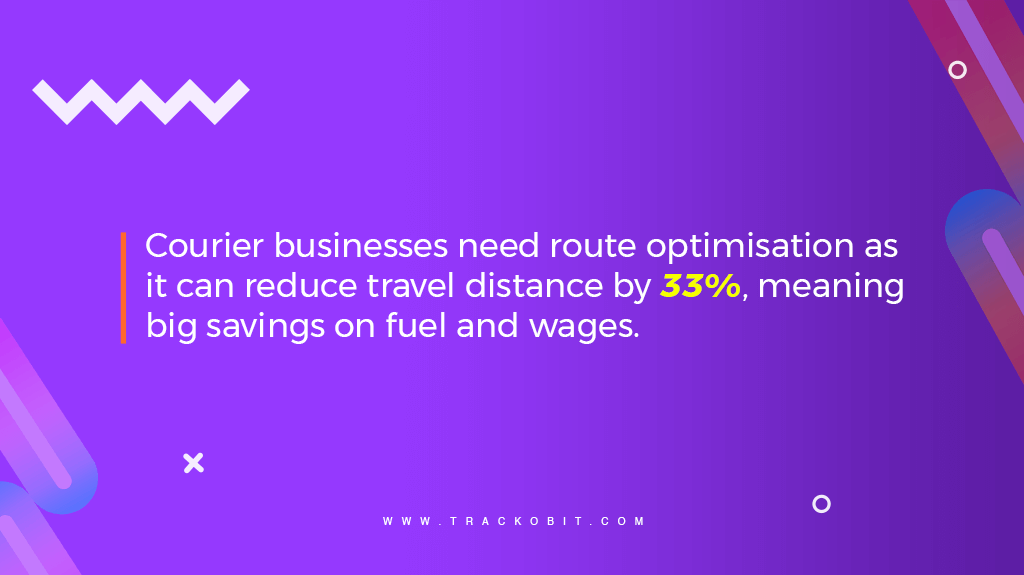
7. Invest in the Right Technology
Investing in the right technology can be a game-changer for your courier business. Courier delivery tools can streamline operations, improve efficiency, and enhance customer service and satisfaction. Here are some technologies that can give your courier company a competitive edge:
- Courier Delivery Software: This all-in-one solution can handle courier scheduling, dispatching, tracking, and more. Look for software that can integrate with your website for easy order management.
- Route Optimization Software: Efficient route planning is crucial for a courier company. Route optimisation software uses advanced algorithms to determine the most efficient delivery routes, saving time and fuel.
- GPS Tracking: GPS tracking allows you to track your delivery riders in real time. This can enhance driver safety, prevent overriding rules and regulations and provide customers with accurate delivery estimates.
8. Develop Successful Marketing Strategies
For businesses to succeed, they must build a loyal customer base. Strategic marketing can do this magic. A well-designed marketing strategy will communicate exactly what you are offering to your target market. Here are some ways to create an effective marketing strategy:
- Identify Your Target Market: Tailor your marketing strategy according to the needs and preferences of your audience. Try to convey how your courier services are solving this problem.
- Leverage your unique value proposition: Leverage the services of your business that sets you apart from the competition. This should be the centerpiece of your marketing strategies.
- Choose the right marketing channel: There are different marketing channels, but not all will suit your purpose. Google ADs or social media is best for advertising. Blogs and articles are good for email and content marketing, and to assist with blogging, free article rewriter tools are available online.
- Build a strong online presence: A digital presence is important; building a professional website and active social media will help. Partnering with an SEO marketing agency or using effective SEO strategies will help with ranking your website higher, especially when combined with quality backlinks for your website, making it easier for potential customers to find you.
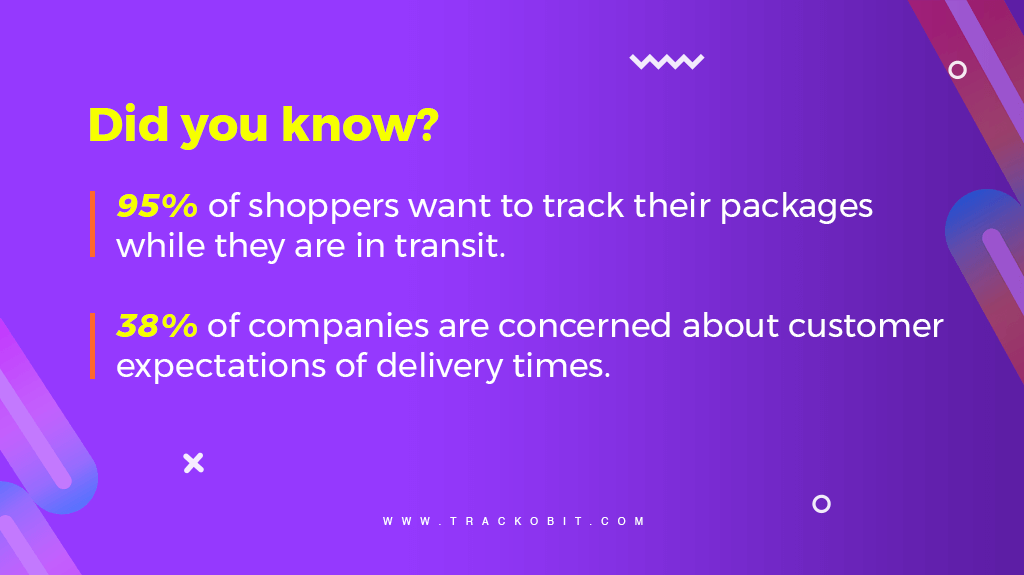
9. Prioritise Customer Service and Support
Finally, focus on what matters the most- “customer satisfaction”. Outstanding customer service is sure to set your business apart in an extremely competitive courier industry. Here are some ways you can achieve high customer satisfaction.
- Deliver on Time: On-time delivery is of critical importance in the courier business. Strive for punctuality, but there are delays due to some unforeseen circumstances. Communicate promptly with the customers.
- Provide Clear Communication: It’s of prime importance to provide visibility to customers from the moment the order is shipped. Use notifications and tracking links to update customers on their order status in real-time.
- Offer Problem Resolution: Problems are bound to arise despite immaculate planning. It’s best to resolve them quickly and professionally. The best way is to listen to customers and work on correcting the issue.
- Seek Feedback: Regularly seek customer feedback. This can be done through surveys or simply asking for their thoughts on the delivery experience. This feedback will improve your services.
- Train your Staff: Ensure that every rider or team member understands the importance of customer satisfaction. Train your staff in customer interaction, efficient delivery services, and problem resolution.
Why TrackoMile for Your Courier Delivery Service?
TrackoMile, a last mile delivery software, has tools and features that will successfully reduce the in-transit time of your deliveries. Now, it will take only a few seconds to have the whole delivery schedule planned and executed, as it automates the entire delivery process. Here is how TrackoMile is adding an advantage to the courier business:
1. Excel Import
TrackoMile lets you import multiple addresses on Excel directly to its portal in the template it provides. Thus, processes like
- Dispatch management
- Carrier Pairing Rider Pairing
- Delivery route sequencing
All get automated and managed in the blink of an eye.
2. Route Optimisation
The last mile delivery software optimises the route planning and allocation part. It suggests optimised routes after considering 120+ factors, like
- Order priority
- Traffic conditions
- Weather conditions
- And a lot more.
In case of unforeseen mishaps like vehicle breakdowns or sudden accidents, the software reroutes in seconds, so there are no delayed deliveries.
3. Proof of Delivery
ePOD is not only for confirming the successful delivery of orders and the end of the process but also signals how your rider dealt with the customers. Also, it is an efficient way of collecting feedback from consumers.
Courier delivery software like TrackoMile supports multiple formats of ePOD:
- OTP
- eSignature
- Barcode Scanning
- Capture Photos of parcels
This increases the courier’s accountability and keeps all the stakeholders updated.
Subscribe for On-time Delivery
Done with thorough market research ✅
Hired the best team ✅
Provided training to riders and administrative staff ✅
Implemented marketing strategies ✅
Invested in TrackoMile’s Route Optimisation Software ✅
Well, you are all set to lift the curtains of your courier delivery business. Investing in TrackoMile’s last-mile delivery software can be like a lifeboat in this highly competitive industry. It can help you optimise your courier services and ensure customer satisfaction.
Frequently Asked Questions
-
What are the types of courier services?
There are primarily three kinds of courier services: Local courier: This group includes all delivery services within a single city. Instant/one-day courier services: These are for last-minute needs. They may operate locally, nationally, or internationally. This category essentially includes all deliveries that have a time constraint. Overseas courier: It is for transporting goods across international borders. Transportation facilities such as air and water are used to carry it out.
-
How do I choose the right vehicles for my courier business?
Choosing the right vehicles is an important choice for your courier company. Think about your service area, budget, and the kind of goods you'll be shipping. Smaller vehicles like vans might work well for local or city deliveries. On the other hand, larger vans or trucks might be required for longer or heavier deliveries. Your decision should also consider maintenance costs, cargo capacity, and fuel efficiency.
-
How to decide the courier rate for my courier business?
The area and distance determine the courier rate. You should figure out how much fuel the delivery car uses, storage costs, and how much the delivery driver gets paid. Your cost would be the total, plus additional fees to cover your profits.
Tithi Agarwal is an established content marketing specialist with years of experience in Telematics and the SaaS domain. With a strong background in literature and industrial expertise in technical wr... Read More
Related Blogs
-
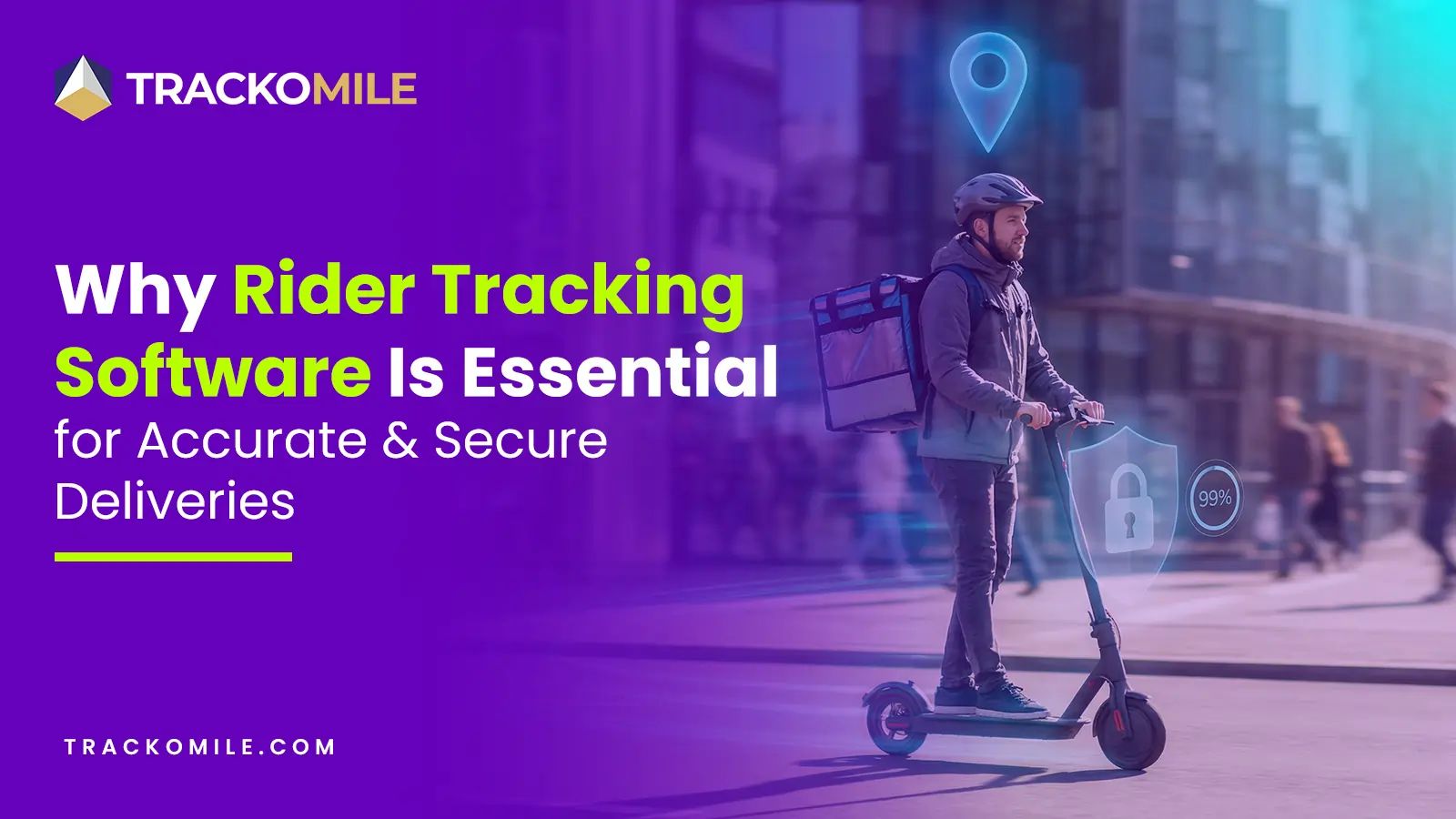
How Rider Tracking Software Improves Delivery Accuracy and Reduces Fraud
Tithi Agarwal December 8, 2025Rider tracking software improves delivery accuracy with real-time GPS visibility and automated ePOD. It also enables route optimisation and fraud…
-
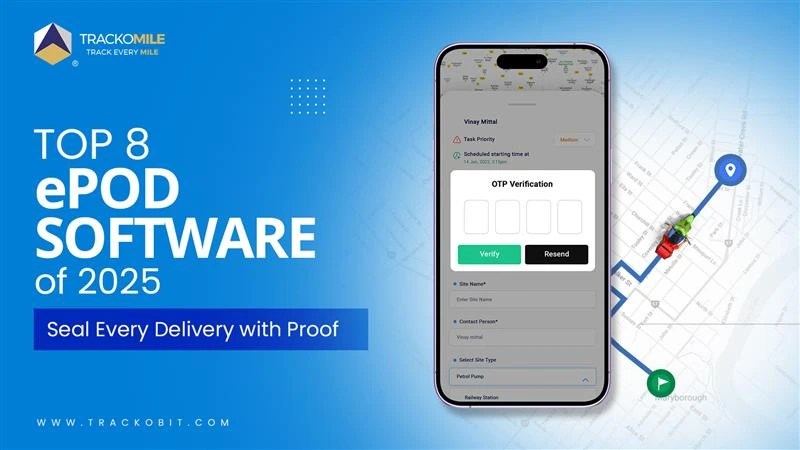
Top Electronic Proof of Delivery (ePOD) Software in 2026
Tithi Agarwal September 25, 2025Electronic proof of delivery has become the backbone of modern logistics. Explore the top 8 ePOD software in 2026 and…
-
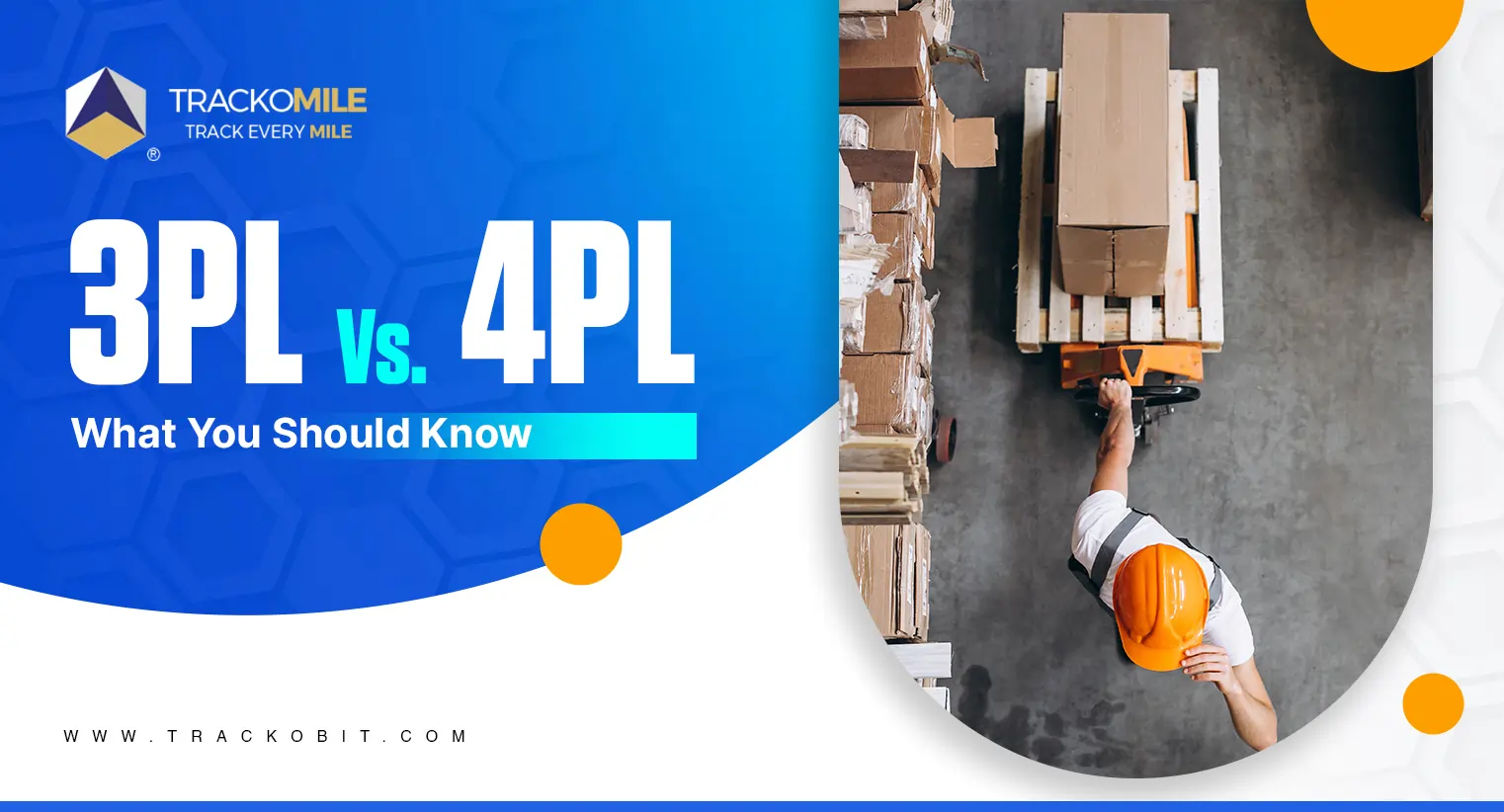
3PL vs. 4PL: Which is Best for Your Business?
Tithi Agarwal September 25, 2024Confused about choosing between 3PL and 4PL for your retail supply chain? Read this blog to find out which is…
-

What is Payload Capacity? Payload Capacity Vs. Towing Capacity
Tithi Agarwal September 10, 2024Payload capacity is the total weight a vehicle can safely carry, and it is crucial for safety and compliance. Exceeding…

Subscribe for weekly tips to supercharge your last-mile delivery.
Your inbox awaits a welcome email. Stay tuned for the latest blog updates & expert insights.
"While you're here, dive into some more reads or grab quick bites from our social platforms!"Stay Updated on tech, telematics and mobility. Don't miss out on the latest in the industry.
We use cookies to enhance and personalize your browsing experience. By continuing to use our website, you agree to our Privacy Policy.




































